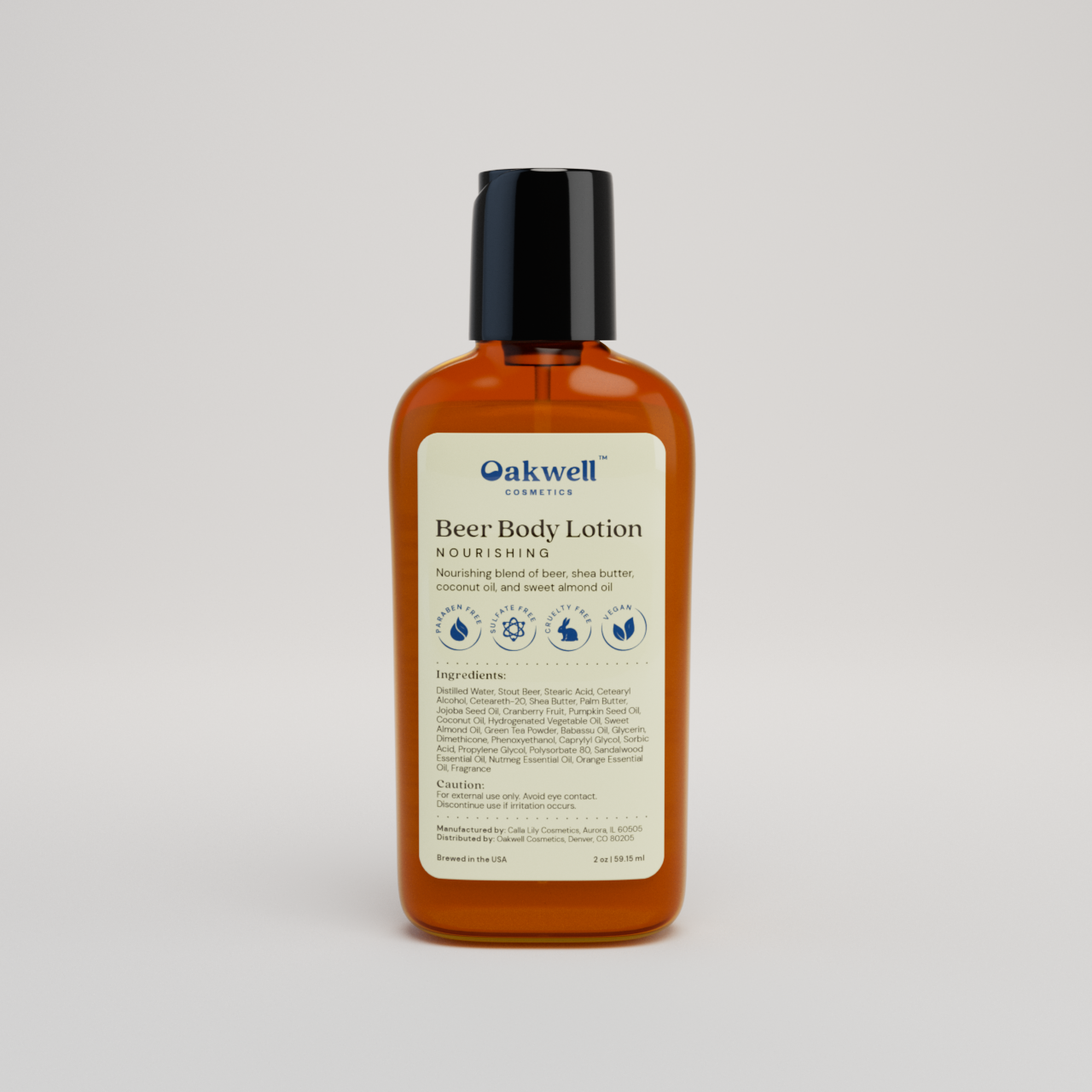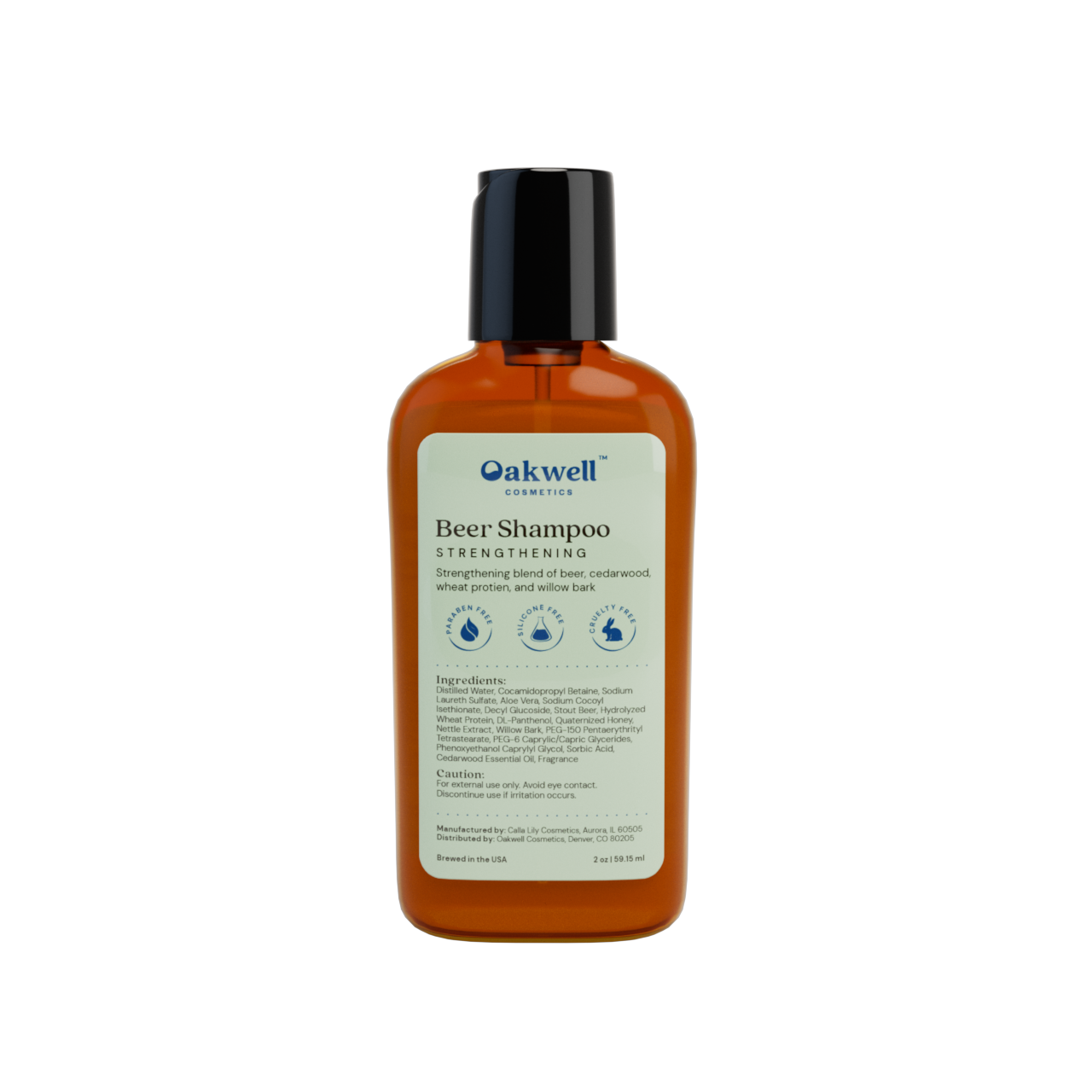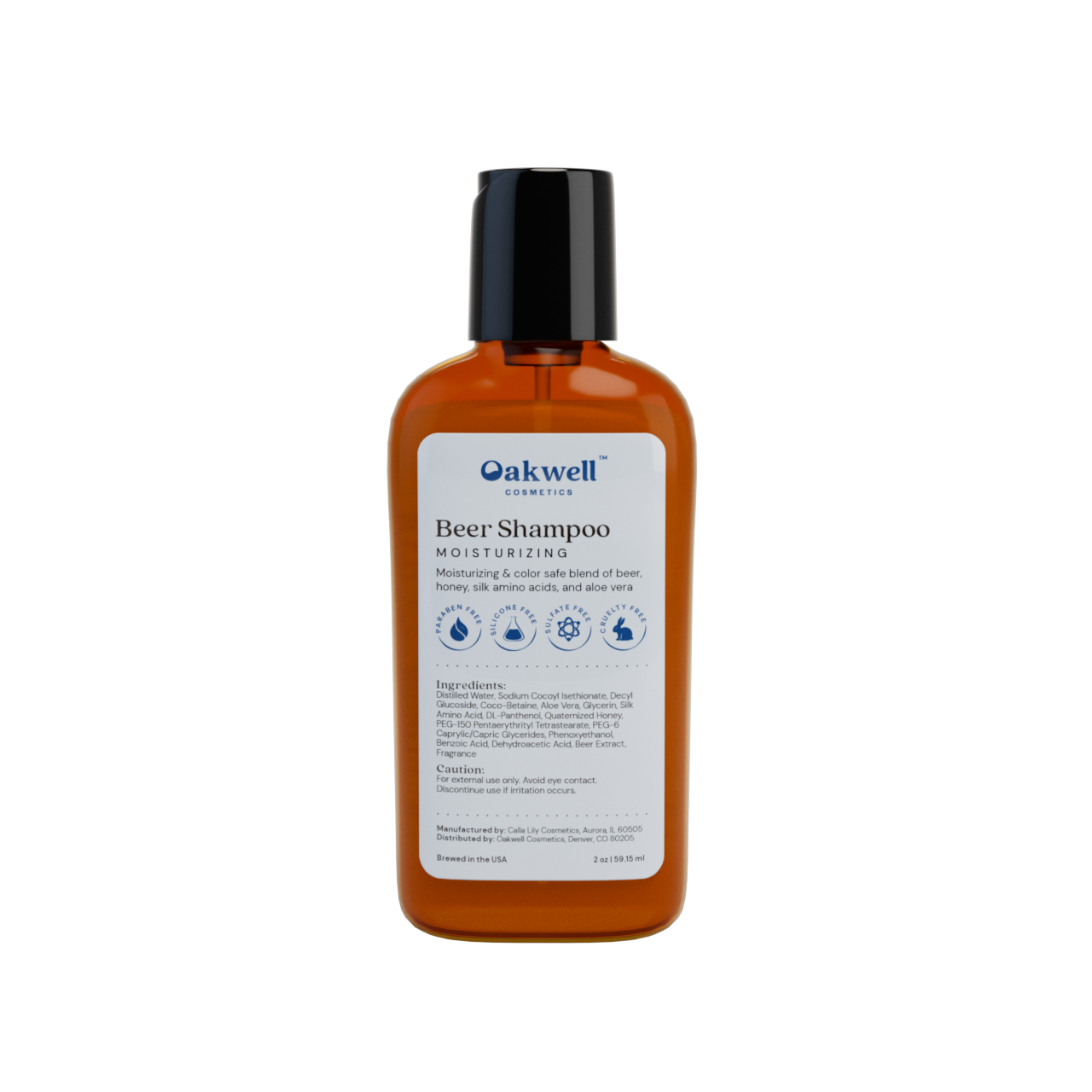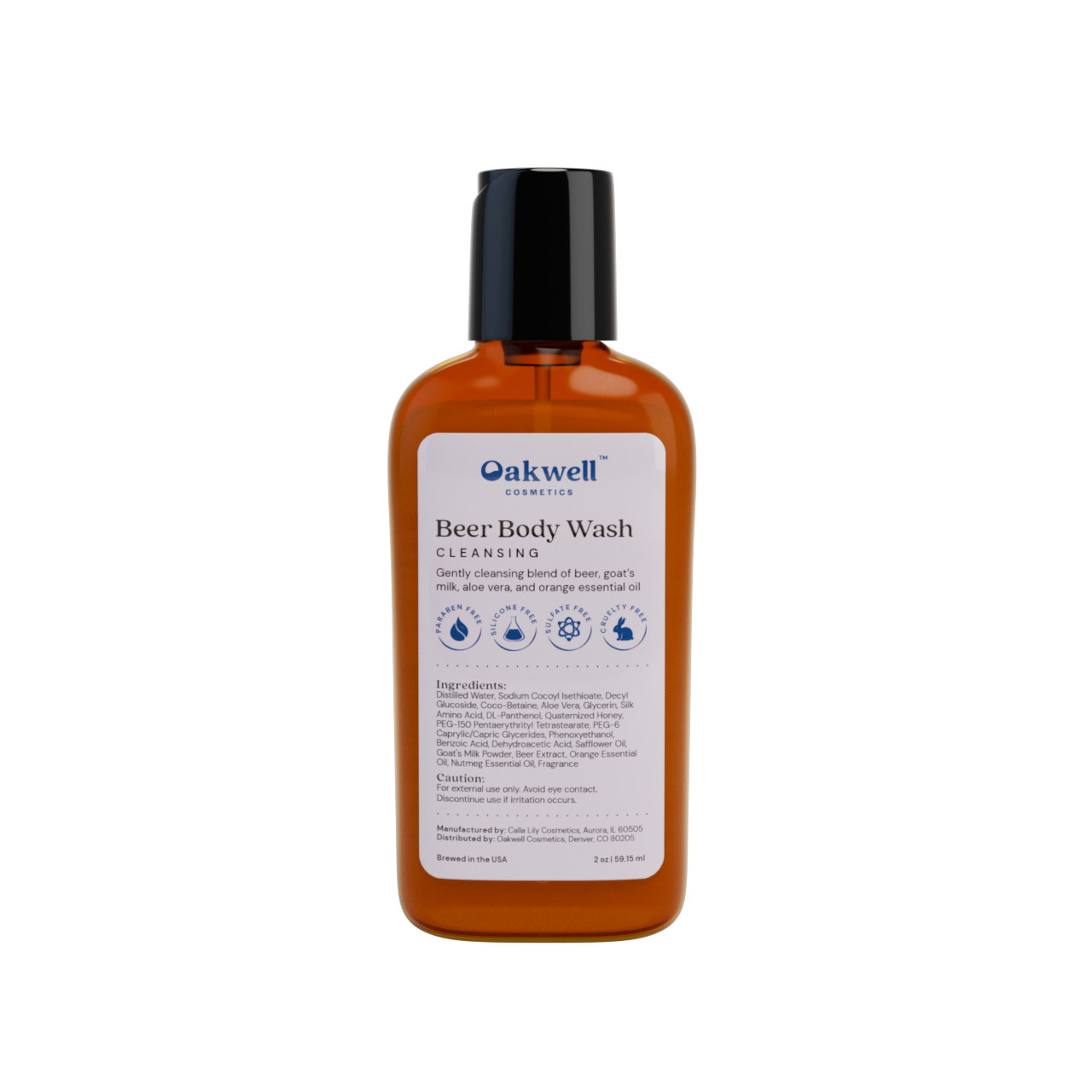Best Activities for Well-Being: Expert-Recommended Ideas

“Prioritizing activities for well-being in your daily life generally results in feeling highly satisfied,” says Dr. Rebecca Hubbard, a Licensed Clinical Psychologist and Founder of Grounded Wellness LLC.
Below, we’ll discuss the best habits for well-being to improve your health and happiness. Whether you’re looking for fun practices or simple ways to incorporate self-care into your daily life, we have expert-backed suggestions for everyone below.
What are well-being activities?
Well-being activities are those that help you feel good in any way, whether mentally, emotionally, physically, financially, or socially.
“Each part of your mental, emotional, and physical health is connected and feeds into one another,” explains Kristie Tse, a Licensed Mental Health Counselor and Founder at Uncover Mental Health Counseling. “Practicing habits that address each aspect ensures a balanced approach to your well-being, promoting overall health.”
Best Activities for Well-Being
The wellness activities below incorporate mental, emotional, physical, social, and spiritual well-being. Many of them can be combined and easily incorporated into daily life, while others are fun ideas to do during free time.
Practicing Yoga
“Yoga is a foundational practice I often recommend because of its impact on stress reduction and emotional regulation,” says Tse. “Even just ten minutes of yoga per day can show benefits.”
With in-person yoga classes and guided practices on YouTube, there are many options for incorporating yoga into your life. I enjoy Yoga With Bird because there are free short and long videos for all levels, beginner to advanced.
Tse says consistency is the key to experiencing yoga benefits, so commit to daily practice. Choose a time of day that works best for your schedule, whether morning, afternoon, or evening. Over time, you’ll notice less stress, better focus, and more emotional resilience.

Meditating
Meditating is similar to yoga, but instead of moving your body through yoga poses, you can meditate in stillness or while doing daily activities. For example, you can meditate while lying down, sitting still, or taking a walk.
During mindfulness meditation, you focus on the moment, which teaches you to slow down and be present. Tse also explains that mindfulness meditation offers benefits similar to yoga, including stress relief and emotional stability. You can even tie meditation in with yoga as you focus on your practice.
A common misconception about meditating is that you must stop your thoughts. However, it’s important to remember that our brains always have thoughts, and thinking and feeling are normal. During mindfulness meditation, simply let your thoughts come and go.
Breathing Exercises
The book Breath by James Nestor explores the science behind breathing and demonstrates that proper breathing can improve physical, emotional, and mental well-being. However, many people don’t breathe properly, often holding their breath when stressed or not properly sending airflow through the lungs.
Breathing exercises can help you maintain appropriate oxygen levels and regulate your nervous system. While there are many ways to practice breathwork, deep belly breathing with long inhales and exhales is an easy way to get started.
You might notice that when doing yoga with an instructor, you’ll learn to breathe through your movements, which is an excellent way to combine these practices.
Spending Time in Nature
Research shows that nature exposure improves various health aspects, including:
- Cognitive function
- Brain activity
- Blood pressure
- Mental health
- Physical activity
- Sleep
There are countless ways to spend time in nature, so find the activities you enjoy most. For example, Tse says she enjoys gardening because it offers a therapeutic connection to nature and a calming retreat from the hustle of city life.
Dr. Hubbard also recommends walks as a way to spend time in nature and with family or friends. Walking together can combine physical, mental, emotional, and social well-being.

Reading
Reading is one of the simplest activities for well-being because it doesn’t take much effort if you enjoy it. It can allow you to slow down your thoughts and rest your body.
While reading can be the ideal self-care activity, you can also do it with others if you want to improve your social well-being. You might read with your children or partner or start a book club with friends or co-workers.
Bathing
A relaxing bath is one of the most popular habits for well-being and for great reason. Baths are nice because you can take one when other wellness activities feel too difficult.
Taking a warm bath offers several health benefits, including stress and anxiety relief, better sleep, and improved heart health.
Take your bath up a notch with Herbal Beer Bath Tea or Calming Bath Salts, which can help you create the ultimate relaxation experience.
Socializing
Research shows that social relationships affect mental health, health behavior, physical health, and mortality risk. You can foster social relationships with regular phone calls and get-togethers. If you live with people, prioritize spending quality time together without screens.
Healthy relationships with people you enjoy are crucial to well-being, so connect with and spend time with like-minded people who treat you well.
To reap social well-being benefits, evaluate your relationships and prioritize healthy ones. If you’re interested in meeting new people, consider joining Meetup, a platform for finding local groups and activities.

Volunteering
Volunteering is an act of kindness that helps others and improves your social, mental, and physical health.
Benefits of volunteering include:
- Stress and anxiety relief
- Life satisfaction
- Motivation
- A sense of connection
- Self-esteem
There are many ways to volunteer, whether with a local organization like an animal shelter or church, helping a neighbor out, or cleaning up your local park.
Getting Creative
“Creativity inspires and allows you to express yourself, which can help improve your mental and emotional health,” says Dr. Hubbard. “You can also do creative projects with loved ones to improve your social well-being.”
There are many ways to explore your creativity, including the following:
- Storytelling
- Drawing
- Painting
- House projects
Doing a Skincare Routine
It’s not uncommon to rush through our daily routines, but a mindful skincare routine can help you feel good about yourself and allow you to indulge in self-care.
Your skincare routine can be a warm, nourishing shower in the morning or evening, or you might dedicate more time during a weekly self-care night. Either way, plan for your skincare routine and make it a weekly or daily habit for your well-being.
Financial Planning
A recent survey found that 80% of Americans feel financially stressed. Financial stress can affect your overall well-being, but creating a plan can help.
According to finance experts, financial planning can include the following:
- Determine your financial goals, such as paying down or off debt and saving
- Track your spending and expenses
- Start building an emergency fund
- Reduce and manage debt
- Consider investing
- Plan for retirement
To make financial planning attainable, schedule a certain time for it at least monthly. If you have a significant other, you can make it a date night over dinner and drinks.

Getting Rest
Although rest is critical, it’s one of the most overlooked habits for well-being.
The average recommended amount of sleep for adults is seven to nine hours per night. Those who get less than seven hours of sleep can experience more health issues than those who sleep longer than seven hours.
Consider going to bed earlier if you can. If you find yourself lying in bed at night for a while before falling asleep, try reading instead of looking at a screen before bed and practicing breathwork or meditation when you lie down.
If you can’t get at least seven hours of sleep at night, take a short nap in the afternoon if possible.
How to Choose the Best Activities for Well-Being
According to Tse, deciding what type of wellness activities to prioritize depends on current life circumstances and individual needs. For example, if you’re experiencing high stress, you may benefit from emotional regulation techniques, like breathing exercises. However, if your physical health needs improvement, prioritize movement and exercise.
Ideally, you’ll take a holistic approach to well-being that incorporates various self-care activities into your daily life. This is the best way to maintain overall health.
Activities for Well-Being: Conclusion
Focusing on overall wellness can improve your life in many ways. We hope you found this article helpful and feel inspired to incorporate habits for well-being, like breathing exercises, taking baths, socializing, and exploring nature.



Become a part of our community and be the first to learn all there is to know about Oakwell







